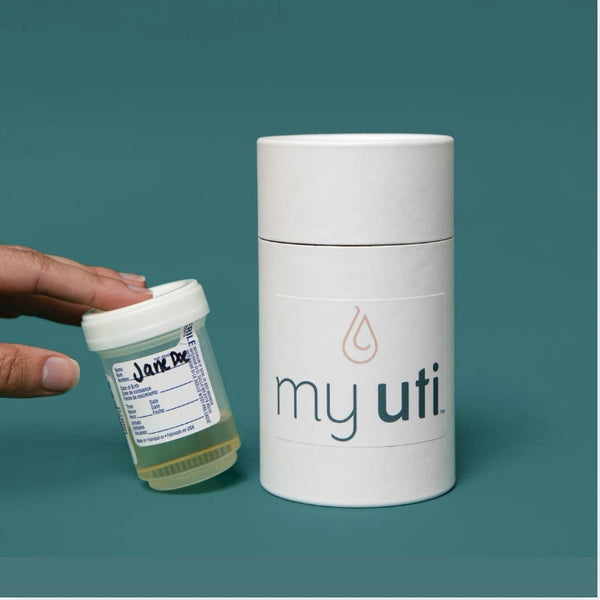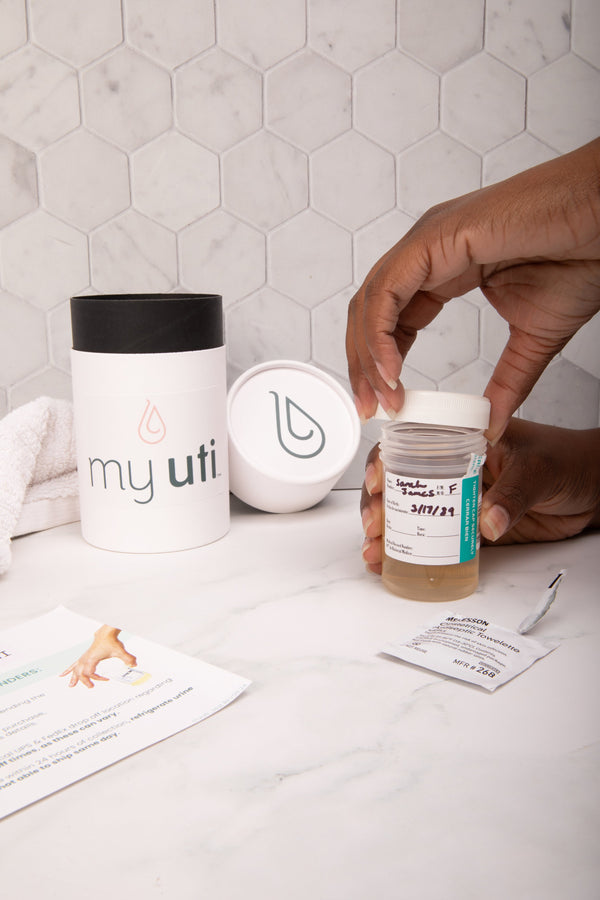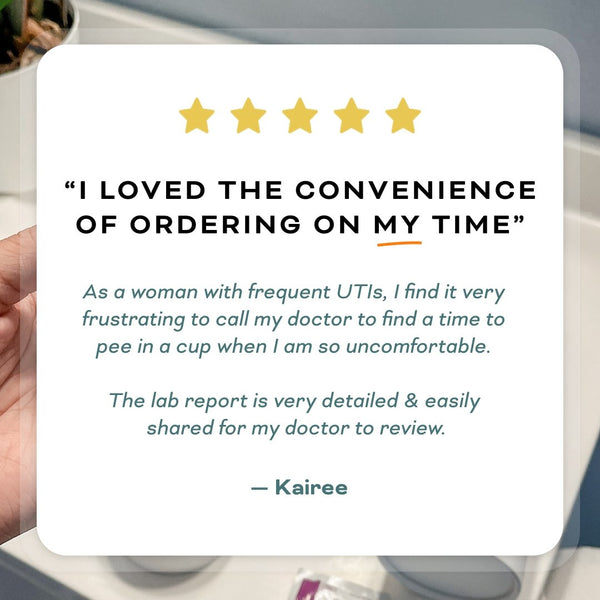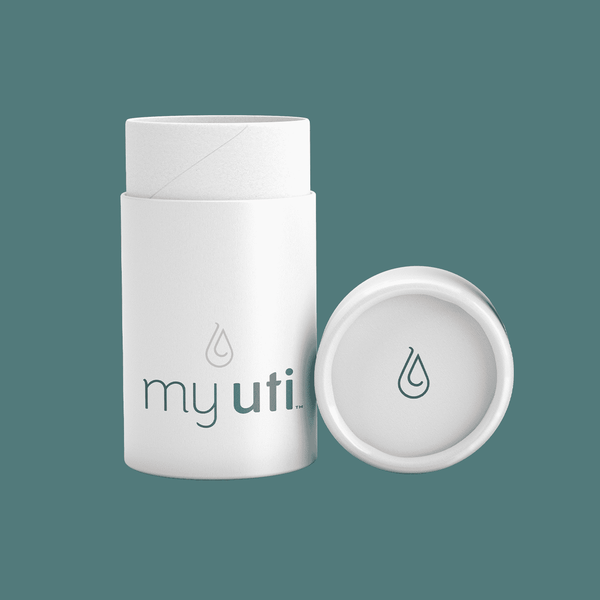Don’t trust your UTI to an outdated test
Apr 08, 2022
When you’re dealing with the pain and disruption of a urinary tract infection, you need FAST relief.
The path to that relief usually starts in a doctor’s office, urgent care clinic or emergency room, where you give a urine sample and often getting a prescription before you have results. Or you might grab an over-the-counter dipstick test at your local pharmacy, hoping to speed things up by confirming that yes, you need treatment NOW.
Here’s the problem. The tests you and your medical team are relying on are out of date. In fact, they’re based on technology dating all the way back to the 1950s. Even “gold standard” lab tests only screen for one or two of the many microbes that can cause a UTI.
>>Understand the differences in testing options>>
What so-called “quick” UTI tests reveal (and what they miss)
There are two tests that most doctors and clinics rely on to diagnose UTIs. The first is a urine dip, a quick method that detects white blood cells in your urine. Though the test takes only minutes, the only thing it can tell your doctor is: “Yep, I see signs of an infection!”
Dip, also known as dipstick tests, reveal nothing at all about the root causes behind the misery you’re experiencing, so your doctor is left to guess which antibiotic will bring relief. Worse yet, dip testing has been found to be inaccurate up to 80% of the time – which means a LOT of infections go misdiagnosed or undetected.
What about urine cultures? Are they any better?
The next level of standard testing is a urine culture, which involves sending your urine sample to a lab for further analysis. A small amount of urine is placed on one or more test plates, heated to body temperature and allowed to grow for 1-3 days.
What will the results show? More than the urine dip – but the data tells us that in 30% of cases of repeat infections, culture is not enough to pinpoint the best treatment. Typical cultures may reveal only one or two UTI causing culprits, so your doctor must still make an educated guess as to the antibiotics that will work for your unique case.
Is this why my UTI won’t go away?
Very possibly. Because your UTI might involve pathogens (root causes of infection) that standard tests just can’t see.
Research suggests that people who suffer from recurring UTIs – infections that go away temporarily, but keep coming back – can benefit from tests that screen for a wider array of possible causes. This is also true for people suffering from stubborn UTIs (caused by biofilms) that hang around, even after one or more courses of antibiotics.
If you’re in either group, it’s time to seek out advanced testing that will give your doctor a clearer picture to work with.
What’s different about the newer UTI tests?
You may have heard about molecular screening methods such as PCR (polymerase chain reaction) for things like COVID-19 or next-generation DNA sequencing (NGS) tests for some hereditary tests. So, what do these modern tests do that outdated UTI tests can’t?
-
PCR testing can identify 16 or more UTI-related organisms within 24 hours, giving your doctor rapid, detailed results that help in selecting the right prescription treatment. NGS tests can identify thousands of microbes (good and bad) in your urinary system, helping your doctor pinpoint the ones that may be causing your chronic or recurrent UTI.
-
Antimicrobial sensitivity tests (ASTs) and antibiotic resistance gene testing (ARG) can detect proteins and genes that may reduce the effectiveness of specific antibiotics, giving your doctor even more information to work with.
The bottom line: you get targeted treatment that’s far more likely to relieve your symptoms and prevent infections from coming back. You’re also protected from the serious health problems that can come with overusing antibiotics.
MyUTI is leading the way to better UTI testing
At MyUTI, we believe everyone should have access to modern, precise UTI tests. >>Order Today










